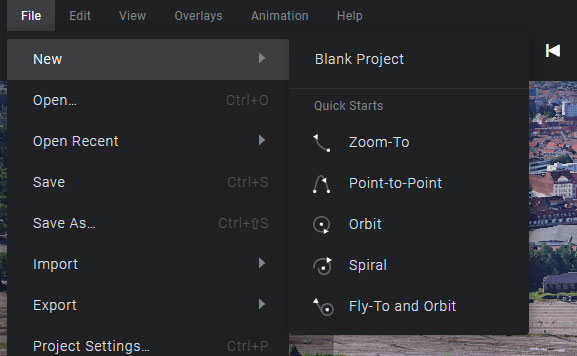

Interested viewers could view Schroeder's progress using Google Earth to view the KMZ files posted on the research group's website. Using this technique, the German European School Singapore tagged a whale shark, affectionately named "Schroeder," with a GPS device and then tracked the shark's progress through the Indian Ocean toward the continent of Africa over a period of months. The Google Earth user interface time slider includes a time window that selects a "slice" of the time slider and moves from beginning to end of the time period. In such cases, multiple Features are often in view at the same time as they are shown in different locations at different times. TimeStamps are usually used for lightweight data sets that are shown in multiple locations (for example, Placemarks moving along a path). For the best effect, the TimeStamps for a given data set should be taken at regular intervals.

This technique is especially useful in creating KML displays of data imported from a GPS tracking device. Displaying the Placemark icon briefly at each position along a path has the effect of animating the Placemark. Time Stamps and GPS DataĪ TimeStamp is typically associated with a Point Placemark. (The default is Automatically.) These samples presume that the "Restrict time to currently selected folder" option is OFF (the default). To enable the time slider in Google Earth, go to View > Show Time, and select Automatically or Always. (Google Earth automatically selects the beginning and ending units for the time slider based on the earliest and latest times found in the KML Features in a particular file.) Using the slider and play button, the user can "play" the entire sequence or can select individual time periods for display. When Google Earth opens a KML file that contains a Feature with a TimePrimitive element, it displays a time slider. Learn more in the Time with AbstractViews section, below. This allows for their inclusion as children of AbstractView elements. These elements are also copied into the Google extension namespace, as:

Example: Showing Movement of a Point Along a Path.


 0 kommentar(er)
0 kommentar(er)
